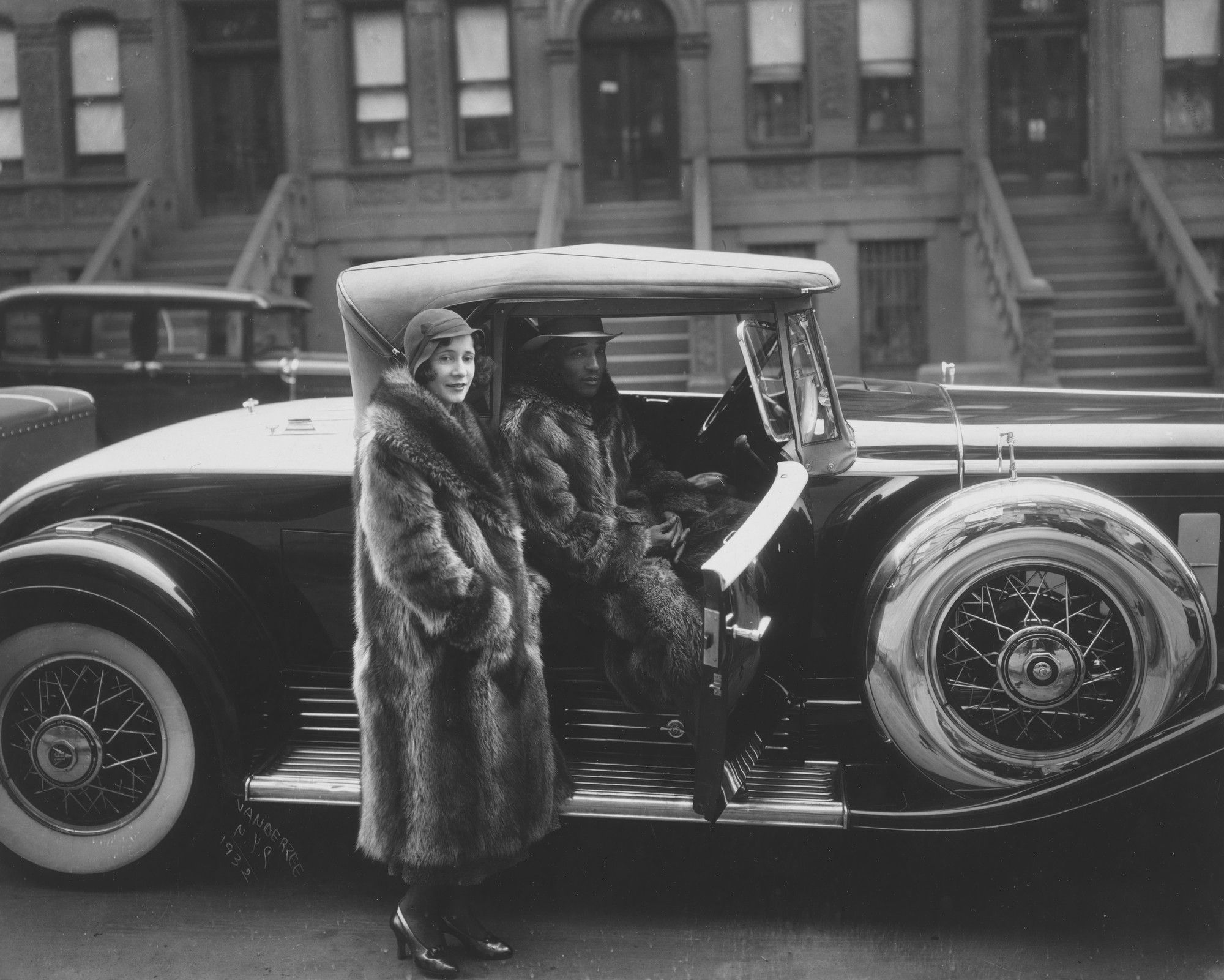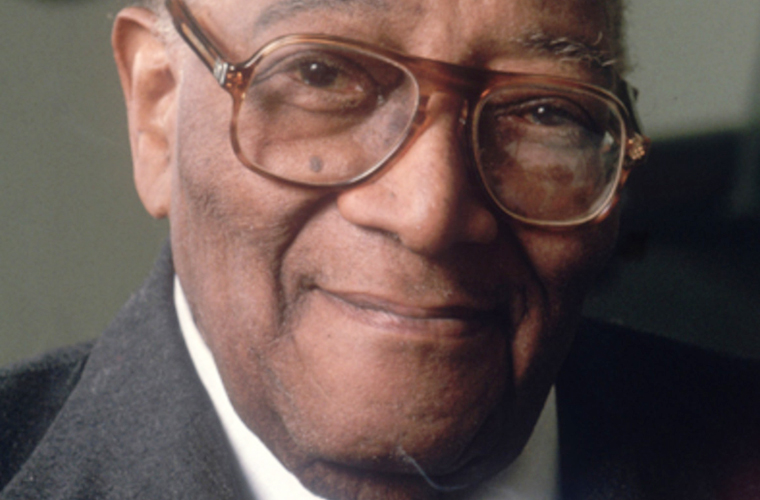James Van Der Zee (1886-1983) was an influential African-American photographer who gained recognition for his portrait photography during the Harlem Renaissance, a cultural and artistic movement in the 1920s and 1930s centered in the Harlem neighborhood of New York City.
Van Der Zee was born on June 29, 1886, in Lenox, Massachusetts. He developed an interest in photography at an early age and began taking pictures with a handheld camera. In 1906, he moved to Harlem, New York, where he opened his first photography studio in 1916.
During his career, Van Der Zee captured the spirit and essence of Harlem’s vibrant community, documenting the lives and achievements of its residents, including prominent figures such as musicians, actors, writers, and political leaders. He became known for his skill in retouching and manipulating photographs, using techniques such as hand coloring and multiple exposures to create stunning and visually striking images.
Van Der Zee’s photographs often portrayed African Americans in a dignified and positive light, challenging prevailing stereotypes and presenting a more nuanced and authentic representation of the community. His portraits captured the aspirations and achievements of his subjects while celebrating their individuality.
Despite facing financial challenges throughout his career, Van Der Zee continued to document the changing times in Harlem, capturing the fashions, events, and social gatherings of the era. His work fell into relative obscurity for several decades but experienced a resurgence of interest in the 1960s and 1970s during the Civil Rights Movement.
In 1969, a retrospective exhibition of Van Der Zee’s work at the Metropolitan Museum of Art in New York City brought him widespread recognition and acclaim. He received numerous awards and honors, including a Lifetime Achievement Award from the Studio Museum in Harlem in 1976.
James Van Der Zee passed away on May 15, 1983, at the age of 96. His photographs continue to be celebrated for their artistic and historical significance, providing a visual record of the Harlem Renaissance and its impact on African-American culture and identity.


